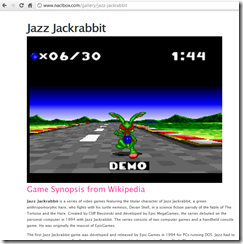Adobe’s Andrew Shorten has posted on the future of Flex, the developer-oriented tool for building applications for the Flash runtime.
This is one of the clearest statements I have seen from Adobe that recognises that the role of Flash on the web is diminishing:
There are countless examples where, in the past, Flex was (rightly) selected as the only way to deliver a great user experience. Today, many of those could be built using HTML5-related technologies and delivered via the browser, and at Adobe, we will provide tooling to help designers and developers create those experiences – Edge and Muse are two such examples.
Adobe is not giving up on Flash, of course, and states that it is still the best for certain categories of application:
We firmly believe that Flex is already the best technology for building complex, high fidelity enterprise applications such as business dashboards, line of business tools, real time trading applications and desktop replacement applications.
I would add both statements are written from the perspective of application developers. The role of Flash as a video and multimedia player is a separate issue. Flash is also important in that context. There is some overlap, in that if your application includes multimedia content then Flash is correspondingly more attractive.
As an aside, it is interesting to note that this repositioning of Flash makes it not so different from Microsoft’s Silverlight: a runtime for business applications.
Adobe is focusing on a new market for Flex in mobile. This overcomes the Apple iOS problem, since you can compile a Flex application to iOS native code. Adobe promises “additional mobile development capabilities” later this year and says:
In our next major release timeframe we expect that the need to build a fully-native application will be reserved for a small number of use cases.
I agree that cross-platform mobile development is a key area and one where there is no clear winner yet. It is a good opportunity for Adobe, though there is increasing competition from the products like Appcelerator Titanium and PhoneGap.
I also think that Embarcadero’s new RAD Studio XE2 will attract interest. This tool which will be released soon does native code compilation across Windows, Mac and Apple iOS, with Android promised, using the Delphi IDE and language.



